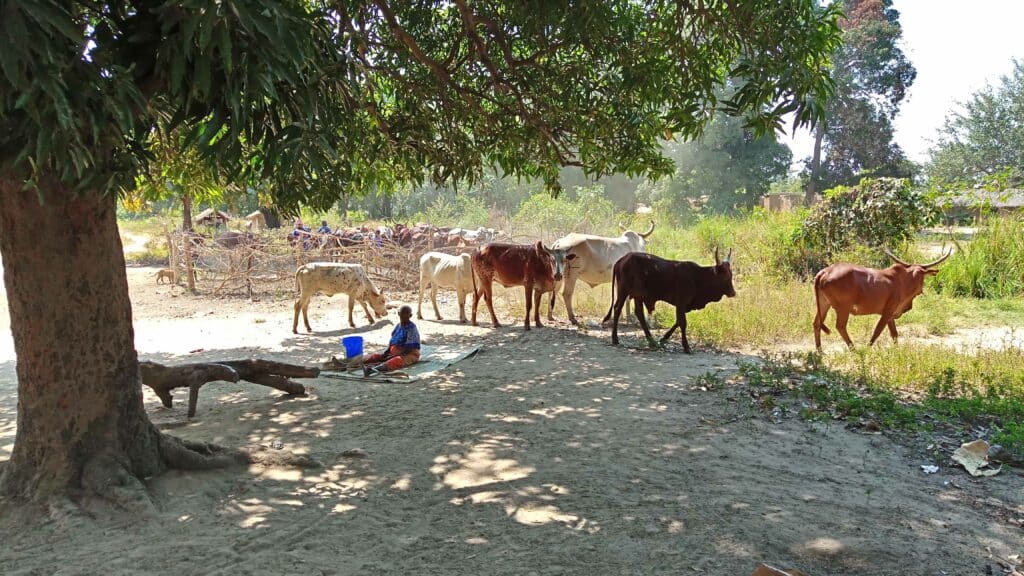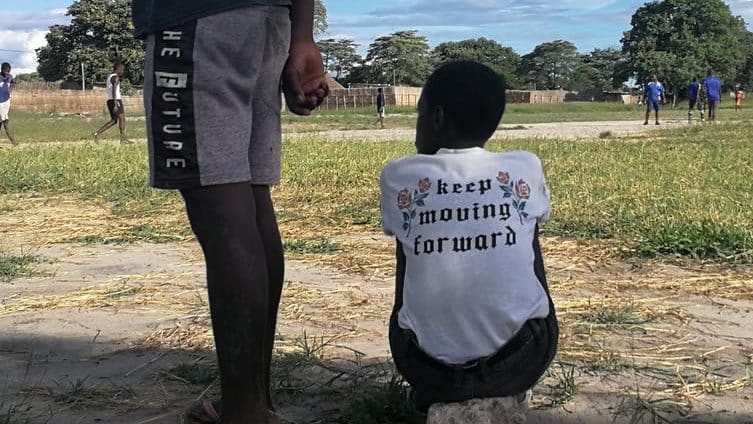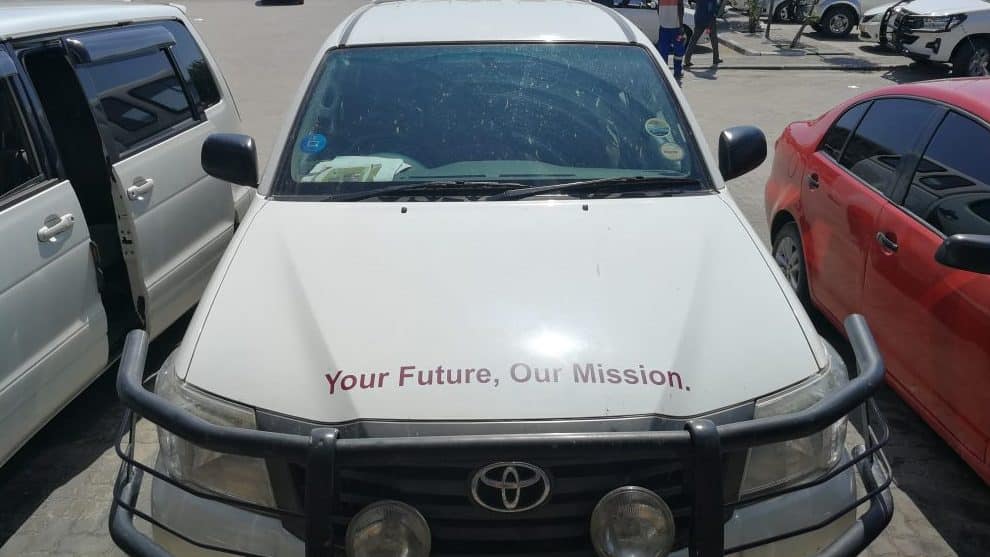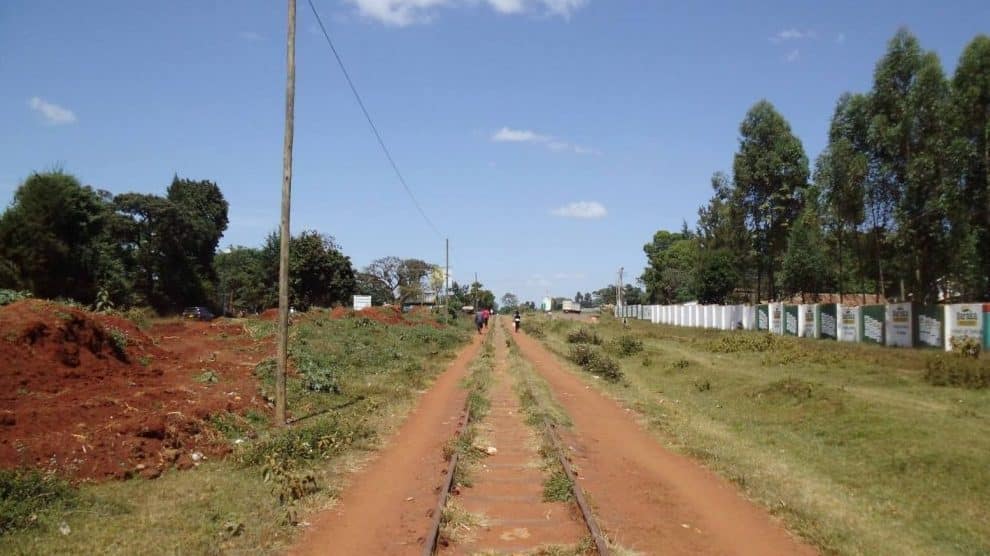Being part of project area C (“linkages”), project C03 “Green futures” is particularly interested in the relevance of cross-scalar relations. The overall objective of the project is to understand how local to global articulations influence the way green futures are envisioned, negotiated, and shaped on the ground. “Green futures” refer to development initiatives that seek to harmonize ecological (“green”) and economic (“growth”) objectives. Empirical research in country-specific case studies focuses on how imaginations of green futures or green growth are translated between different actors and scales.
Many African countries are currently undergoing a phase of rapid social-ecological transformation. In three focus countries of the sub-project C03 (Namibia, Kenya, and Tanzania) social-ecological transformation can be linked to three cross-scalar aspects a) climate change, b) population growth, migration, and mobility and c) expansion of capitalism. Both the causes and the consequences of social-ecological transformation in rural Africa need to be understood and researched from a cross-scalar perspective. Hence, the C03 team “Green Futures” has done field research in Paris and Bonn, in the three capital cities of Namibia, Kenya, and Tanzania, in regional cities and local villages. Besides individuals, information, capital, knowledge, technology, ideas, hopes, and fears are moving across scales. Through globalization, it has become more difficult to reduce an actor or an idea to a specific scale. A cross-scalar research focus allows us to reveal linkages, networks, alliances, hegemonic blocs, power asymmetries, and different levels of agency. Similar to the Berlin Conference in 1885 when the African continent was divided into imperial interest zones of European colonial nations, also today powerful international institutions, private companies, and other international actors outside Africa have the power to influence which African futures are more likely than others.
Rural Africa can be understood as an area of contestation around possible futures. Subsistence, small-scale farming, irrigation schemes, (agro)pastoralism, bloc farms, nucleus out-grower models, global value chains, conservation, agroforestry, sustainable intensification, agricultural cooperatives, and international joint ventures. These and other ideas about Green African futures are currently being discussed in various meetings across Africa, and the globe. None of these ideas are politically neutral, but they each represent a specific ideology about how future rural Africa should (not) look like. As the research unfolded (2018-2020) we have seen key differences in the discourses in the three countries:
– In Kenya, Green Futures are currently linked to the neoliberal ideology of “Green Growth” and a win-win narrative. In a top-down organized state, Green Growth is being mainstreamed in most ministries and translated into projects throughout the country.
– In Namibia, Green Futures are mainly linked to conservation efforts (e.g. KAZA). Many parts of the country continue to be reserved for (inter)national tourism, more than for local peasants and their livelihoods. With ongoing discourses about post-Apartheid land redistribution, the question about the right land use will remain an open and contested discourse.
– In Tanzania, the longest-ruling political party, Chama Cha Mapinduzi (CCM) has recently taken an authoritarian turn under incumbent president Magufuli. After ten years of Kilimo Kwanza “agriculture first” initiative under president Kikwete (2005 – 2015) and top-level support for the neoliberal SAGCOT development corridor, the time for agro-processing and industrialization has come under Magufuli. While new industrial policies have not yet had the intended impacts in rural parts of the country, the U-turn in national policies has led to a rapid defunding of subsidies in the agrarian sector which has led to uncertainties for many rural livelihoods.

The subsequent futures of what lies ahead, which development paths will be chosen, by whom and in the interest of whom in these three counties remain open. Similarly, how the political economy will connect to the needs of local populations and global markets. Post-colonial continuation in governance structures and distribution of wealth has sustained huge asymmetrical power relations in all three countries. Although differentiated internally, rural populations have been dominated by the interests of national and regional elites who have long begun to forge cross-scalar alliances to international elites. Windhoek, Nairobi, or Dodoma/ Dar es Salaam have continued in a top-down fashion to decide about rural African futures in the Zambezi Region, Baringo County, or the Kilombero Valley. For now, the wishes, hopes, and ideas from rural populations about alternative rural futures are being delegitimized, side-lined, or muted. It remains to be seen, when and if yes how parts of the large rural populations in those three countries will claim their right to engage in the discussion about their futures. The future development of all three countries centrally revolves around access to and ownership of agrarian production: land and water.






